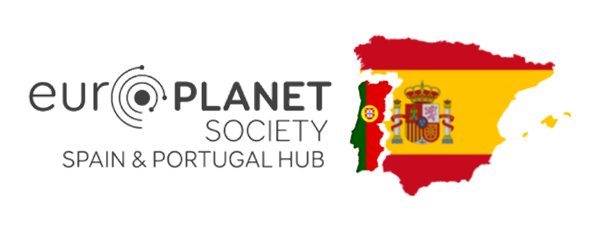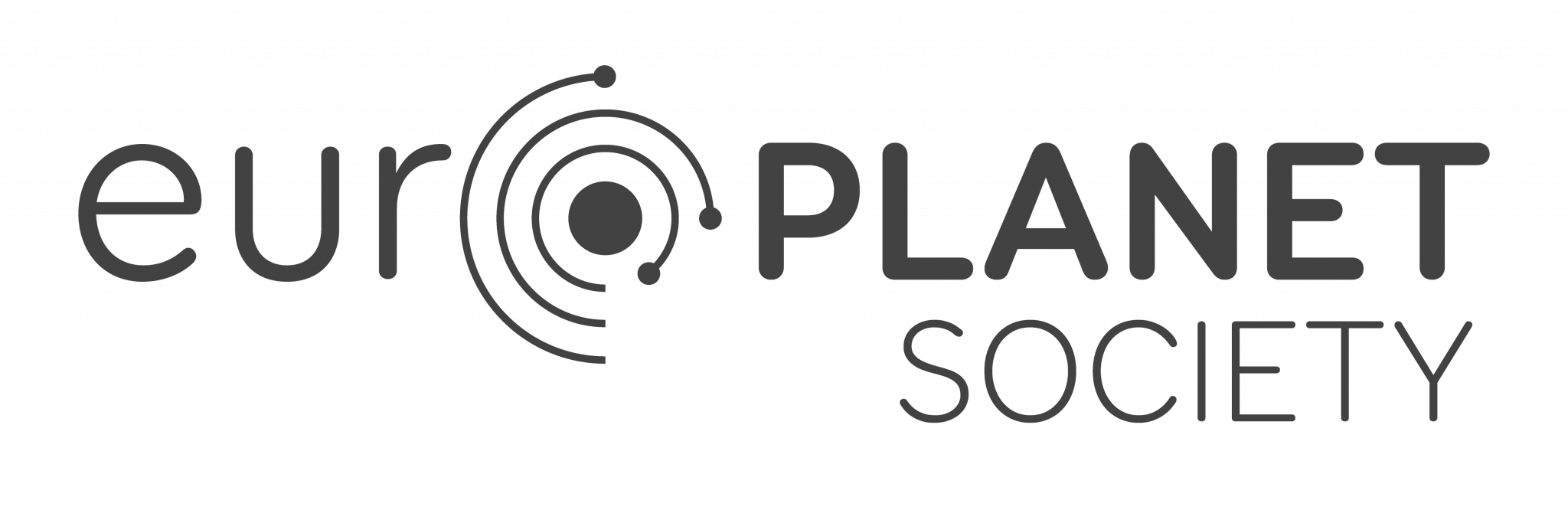Title: INPHINIT PHD FELLOWSHIP: Computer science applied to the minor bodies in the solar system
Center: Instituto de Astrofísica de Andalucía
Type: Predoctoral
Description:
The doctoral fellowship programme INPhINIT ”la Caixa” is devoted to attracting talented Early-Stage Researchers of any nationality to pursue their PhD studies in the best Spanish and Portuguese research centres and units with excellence distinction.
Research Project / Research Group Description
Historically the study of the physical properties of minor bodies in our solar system was done doing planned ground-based and space observations.Telescopes likes Hubble, Spitzer, Wise or Herschel were used. Then, most recently, large ground-based and space-based stars and/or galaxies surveys were planned with diverse objectives but were used by the minor bodies community to study the background minor bodies. That means, the telescope was pointing to a field of view to study some galaxy, star cluster or specific star and diverse minor bodies can be identified and studied in that pointing. The first large data release of minor bodies published using this technique was the Sloan Digital Sky Survey (SDSS) Moving Object Catalog. The catalog lists astrometric and photometric data for moving objects observed during the Survey. The advantage of these kind of data is that there are ready to use in the databases where the survey’s team applied the pipeline to extract the data from the observations. Other current examples of this kind of catalogues are: Wise, K2, Tess, Gaia and in a near future the LSST. Another huge source of data are the ground-based observations, where again, are planned with diverse objectives and a minor body can be found in the background. We want to extract the information on these minor bodies that appears on the images that were not planned to observe these bodies. We will use all the databases of minor bodie´s observations from the last 20 years, together with the observations made by our group, and extract as much information as possible. The challenge in analyzing the data lies in the heterogeneity of the data, the different observing conditions, formats, and timing of the data. The project aims to use data analysis tools to interpret the physical properties of these minor bodies observed in such different conditions and times. The developed tools can be used in the analysis of other databases in the future.





